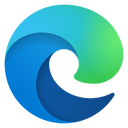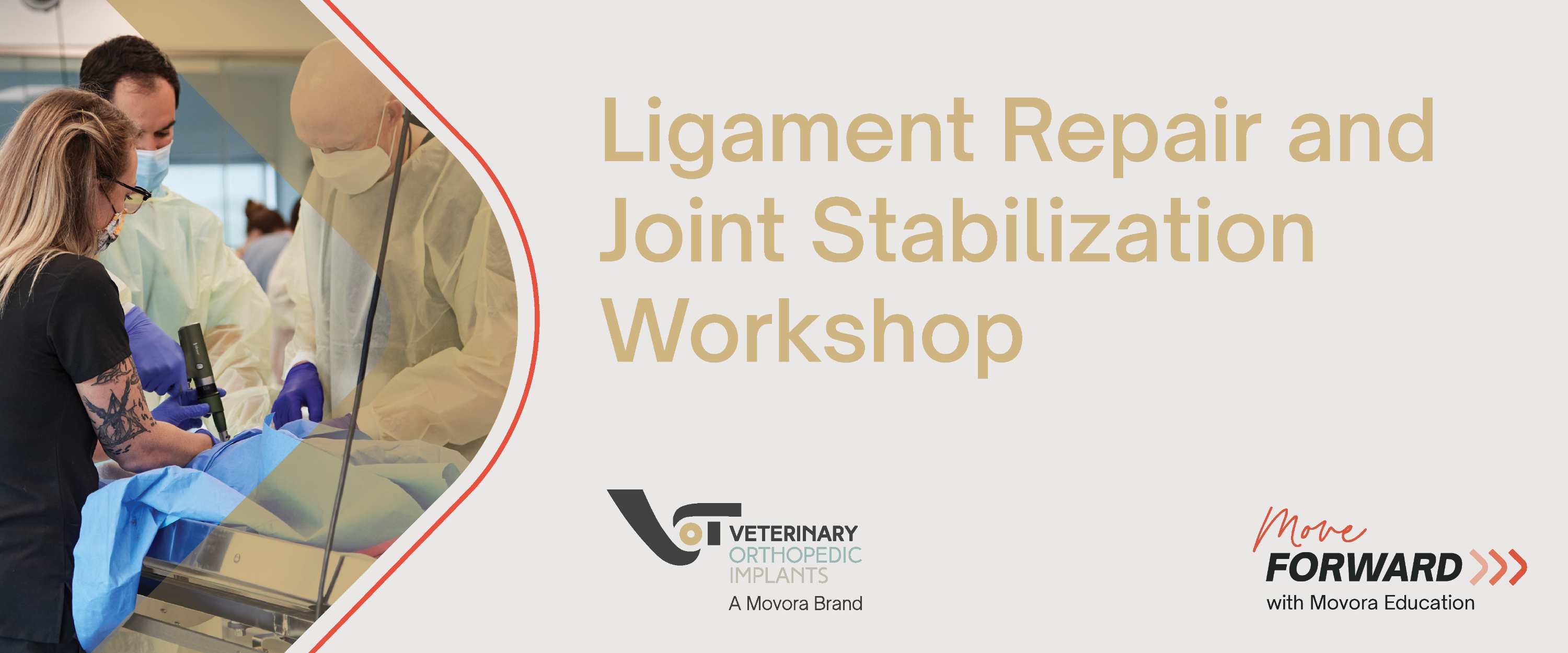VOI Ligament Repair and Joint Stabilization
Course
About
Instructors
Workshop Description
Joint instability commonly occurs due to ligament or tendon injury, leading to pain and lameness. Ligament injury commonly occurs secondary to trauma or chronic overloading of the joint. Traumatic ligament tears can be treated by:
1. Primary repair
2. Ligament reconstruction
3. Osteotomy techniques
4. Bracing techniques
5. Arthrodesis
Primary repair of ligaments is performed using appropriate suture materials and patterns. Ligament reconstruction is performed using biological grafts or prosthetic materials. Osteotomy techniques may be used to balance forces and stabilize the joint. Arthrodesis may be indicated if ligament reconstruction is unlikely to adequately stabilize the joint or cases of severe osteoarthritis. Tendon injuries also occur secondary to acute trauma or chronic repetitive stress. Mild tendon injuries may be treated by coaptation or regenerative medicine. Coaptation includes bandages, commercial braces, and custom orthotic braces. Regenerative medicine may be promoted and speed healing using modalities such as Platelet Rich Plasma (PRP), stem cells, shock wave, or LASER. Tendon repair is performed using special tension-relieving suture patterns to give strength and discourage gap formation. Tendon reconstruction is also possible using biologic grafts. Severe tendon tears may also require arthrodesis to adequately support the adjacent joint. This course will discuss diagnosis and treatment of injuries of the shoulder, carpus, tarsus, hip, stifle, and common calcaneal tendon. Participants will have the opportunity to use state-of-the-art implants to treat a variety of ligament and tendon injuries.
Workshop Objectives
- Learn primary repair techniques for ligament and tendon injuries
- Learn methods of ligament reconstruction using prosthetic materials
- Learn how to use an osteotomy to shift load on a joint to treat instability
- Learn techniques of regenerative medicine to treat musculotendinous injury
- Learn techniques of immobilization to treat joint instability
Prerequisites
This workshop is appropriate for specialists and general practitioners who have an interest in improving their orthopedic knowledge and skills.
CE Credits - RACE Approved
This workshop will meet the requirements for 18 CE hours of continuing education credits in jurisdiction which recognizes AAAVSB RACE approval.
Movora provides all equipment and materials for each workshop.
Location
Nexus CE Centers
Learn in a small group setting for more one-on-one attention from the instructor and maximizing hands-on time for each participant. Develop practical skills to enhance your production and efficiency in the practice. Apply the skills and techniques you learn immediately and watch your practice profitability grow!
Improve your knowledge and skills at Nexus CE Centers located in either Park City, UT or Baltimore, MD.
Address
5373 UT-224
Park City, UT 84098
Presented by






.png?lmsauth=589fbf16002ec6af9a8c9eeb52c189f5bc79791b)

